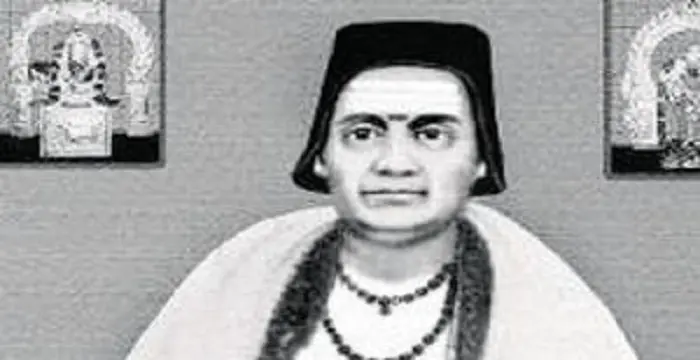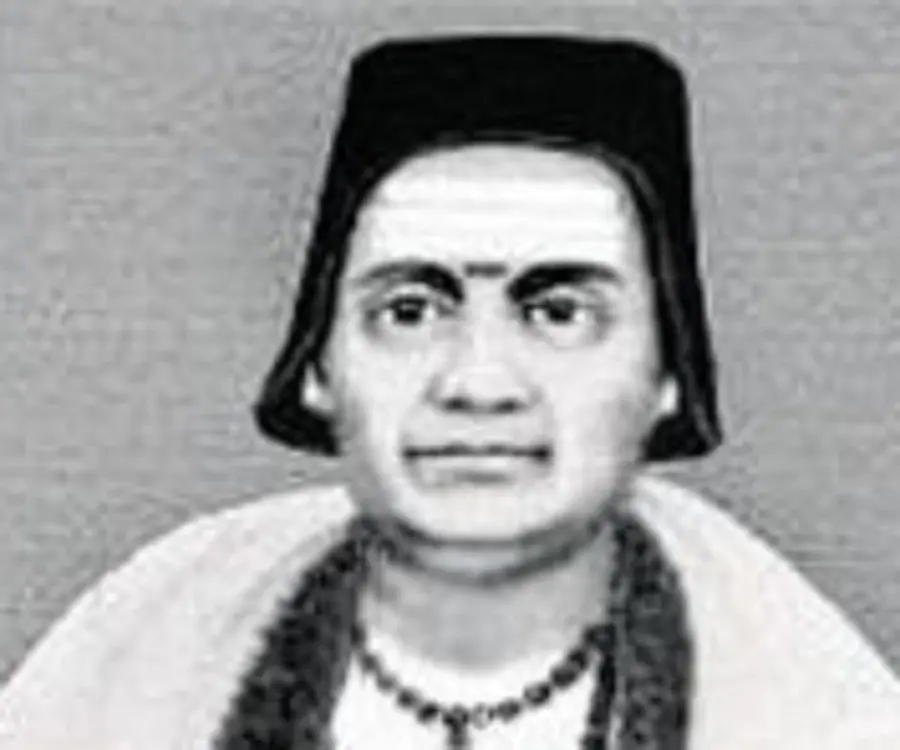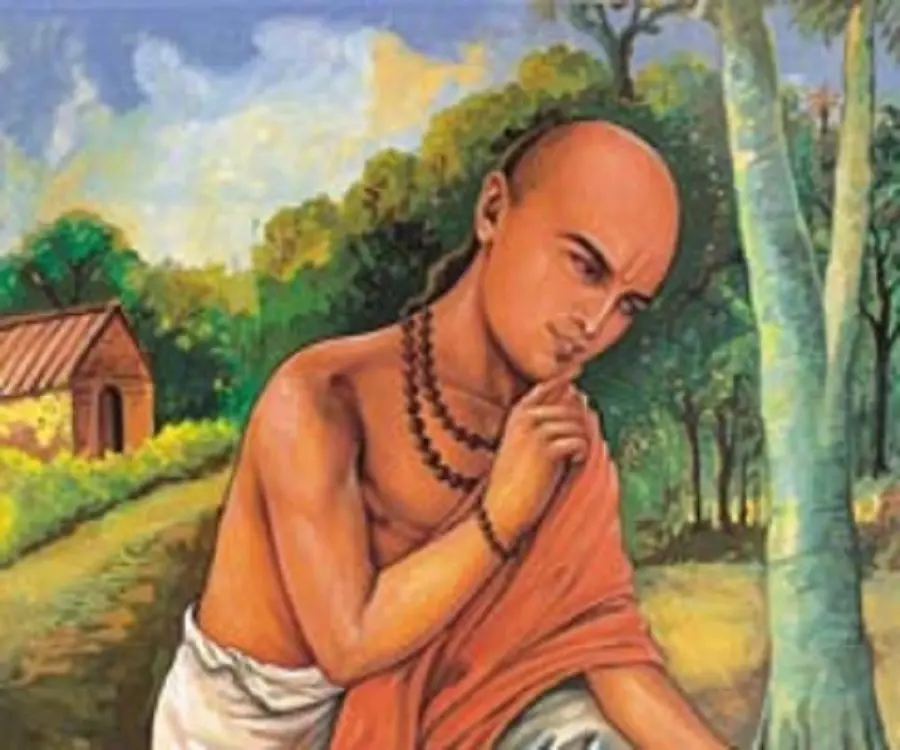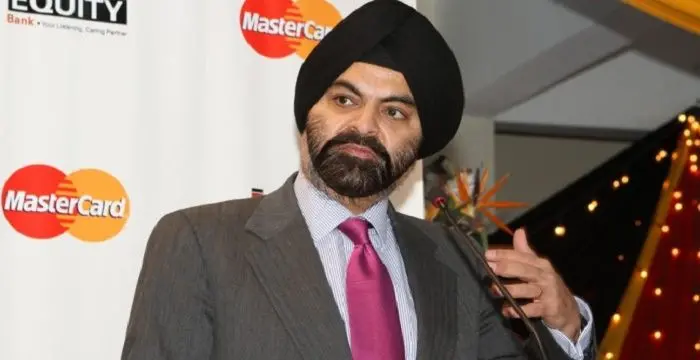
Bhāskara II - Scientists, Family and Childhood
Bhāskara II's Personal Details
Bhaskara II was a 12th century Indian mathematician
| Information | Detail |
|---|---|
| Birthday | 1114 |
| Died on | January 1, 1185 |
| Nationality | Indian |
| Famous | Scientists, Mathematicians |
| Known as | Bhaskara the teacher, Bhaskara Achārya, Bhaskara II, Bhāskarācārya |
| Birth Place | Bijapur |
| Religion | Hinduism |
| Gender | Male |
| Born in | Bijapur |
| Famous as | Mathematician |
| Died at Age | 71 |
// Famous Scientists
Juliane Koepcke
Juliane Koepcke is a German-Peruvian biologist, who was the lone survivor among the 92 passengers and crew of the ill-fated LANSA Flight 508 that crashed in the Peruvian rainforest on 24 December 1971. Know more about her life in this biography.
Henry Cavendish
Henry Cavendish was a theoretical chemist and physicist, renowned for discovery of hydrogen and calculation of the mass of earth. To know more about his childhood, profile, timeline and career read on
Konstantin Tsiolkovsky
Konstantin Tsiolkovsky was a Russian rocket scientist and a pioneer of astronautics. This biography provides detailed information about his childhood, family, personal life, career, achievements, etc.
Bhāskara II's photo
Who is Bhāskara II?
Bhaskara II, also known as Bhaskara or as Bhaskaracharya, was a 12th century Indian mathematician. He was also a renowned astronomer who accurately defined many astronomical quantities, including the length of the sidereal year. A brilliant mathematician, he made the significant discovery of the principles of differential calculus and its application to astronomical problems and computations centuries before European mathematicians like Newton and Leibniz made similar discoveries. It is believed that Bhaskara II was the first to conceive the differential coefficient and differential calculus. The son of a mathematician and astronomer, he was trained by his father in the subjects. Following in his father’s footsteps the young man too became a renowned mathematician and astronomer and was considered the lineal successor of the noted Indian mathematician Brahmagupta as head of an astronomical observatory at Ujjain. Bhaskara II wrote the first work with full and systematic use of the decimal number system and also wrote extensively on other mathematical techniques and on his astronomical observations of planetary positions, conjunctions, eclipses, cosmography, and geography. In addition, he also filled many of the gaps in his predecessor Brahmagupta’s work. In recognition of his invaluable contributions to mathematics and astronomy, he has been called the greatest mathematician of medieval India.
// Famous Mathematicians
Grigori Perelman
Grigori Perelman is a Russian mathematician who is best known for his contributions to Riemannian geometry and geometric topology. Check out this biography to know about his childhood, family life, achievements and fun facts about him.
Terence Tao
Terence Tao is an Australian- American mathematician who has contributed enormously to the field of mathematics. Check out this biography to know about his childhood, family life and achievements.
Isaac Newton
Isaac Newton was an English scientist and mathematician, who discovered gravitation and Newtonian Mechanics. Read this biography to find more on his life.
Childhood & Early Life
Bhaskara himself gave the details of his birth in a verse in the Arya metre according to which he was born in 1114 near Vijjadavida (believed to be Bijjaragi of Vijayapur in modern Karnataka).
His father was a Brahmin named Mahesvara. He was a mathematician, astronomer and astrologer who passed on his knowledge to his son.
Later Years
Bhaskara followed in his father’s footsteps and became a mathematician, astronomer and astrologer himself. He went on to become the head of an astronomical observatory at Ujjain, the leading mathematical centre of ancient India. The centre was a famous school of mathematical astronomy.
He made many significant contributions to mathematics throughout his career. He is credited to have given a proof of the Pythagorean theorem by calculating the same area in two different ways and then canceling out terms to get a2 + b2 = c2.
His work on calculus was groundbreaking and much ahead of his times. He not only discovered the principles of differential calculus and its application to astronomical problems and computations, but also determined solutions of linear and quadratic indeterminate equations (Kuttaka). The works in calculus performed by the Renaissance European mathematicians of the 17th century is comparable to the rules he had discovered way back in the 12th century.
His major work ‘Siddhanta Siromani’ ("Crown of treatises") was completed in 1150 when he was 36 years old. Composed in Sanskrit Language, the treatise consists of 1450 verses. The work is divided into four parts called ‘Lilavati’, ‘Bijaganita’, ‘Grahagaṇita’ and ‘Goladhyaya’, which are also sometimes considered four independent works. The different sections deal with different mathematical and astronomical fields.
The first part ‘Lilavati’ consists of 13 chapters, mainly definitions, arithmetical terms, interest computation, arithmetical and geometrical progressions, plane geometry, and solid geometry among others. It also has a number of methods of computing numbers such as multiplications, squares, and progressions.
His work ‘Bijaganita’ ("Algebra") was a work in 12 chapters. This book covered topics like positive and negative numbers, zero, surds, determining unknown quantities, and elaborated the method of ‘Kuttaka’ for solving indeterminate equations and Diophantine equations. He also filled many of the gaps in his predecessor Brahmagupta’s work.
The sections ‘Ganitadhyaya’ and ‘Goladhyaya’ of ‘Siddhanta Shiromani’ are devoted to astronomy. He used an astronomical model developed by Brahmagupta to accurately define many astronomical quantities, including the length of the sidereal year. These sections covered topics such as mean longitudes of the planets, true longitudes of the planets, solar and lunar eclipses, cosmography and geography, etc.
Bhaskara II was especially well-known for his in-depth knowledge of trigonometry. Discoveries first found in his works include computation of sines of angles of 18 and 36 degrees. He is credited to have discovered spherical trigonometry, a branch of spherical geometry which is of great importance for calculations in astronomy, geodesy and navigation.
Major Works
Bhaskara II’s major work was the treatise ‘Siddhanta Siromani’ which was further divided into four parts, each of them dealing with diverse topics on arithmetic, algebra, calculus, trigonometry, and astronomy. He is considered to be a pioneer in the field of calculus as it is probable that he was the first to conceive the differential coefficient and differential calculus.
Personal Life & Legacy
Bhaskara II was married with children. His passed his mathematical knowledge to his son Loksamudra and years later Loksamudra's son helped to set up a school in 1207 for the study of Bhaskara's writings. It is believed that Bhaskara’s book ‘Lilavati’ was named after his daughter.
He died around 1185.
// Famous Indian peoples
Sunny Leone
Sunny Leone is an actress and model. Check out this biography to know about her birthday, childhood, family life, achievements and fun facts about her.
Swami Vivekananda
Swami Vivekananda was the chief disciple of Sri Ramakrishna, and was responsible for awakening India spiritually. Check this biography to know in detail about his life, profile and timeline.
Ajaypal Banga
Ajaypal Banga is an Indian-American business executive who is the CEO of MasterCard. Check out this biography to know about his childhood, family life, achievements and fun facts about him.
Bhāskara II biography timelines
- // 1114Bhaskara himself gave the details of his birth in a verse in the Arya metre according to which he was born in 1114 near Vijjadavida (believed to be Bijjaragi of Vijayapur in modern Karnataka).
- // 1150 To 1450His major work ‘Siddhanta Siromani’ ("Crown of treatises") was completed in 1150 when he was 36 years old. Composed in Sanskrit Language, the treatise consists of 1450 verses. The work is divided into four parts called ‘Lilavati’, ‘Bijaganita’, ‘Grahagaṇita’ and ‘Goladhyaya’, which are also sometimes considered four independent works. The different sections deal with different mathematical and astronomical fields.
- // 1185He died around 1185.
- // 1207Bhaskara II was married with children. His passed his mathematical knowledge to his son Loksamudra and years later Loksamudra's son helped to set up a school in 1207 for the study of Bhaskara's writings. It is believed that Bhaskara’s book ‘Lilavati’ was named after his daughter.
Bhāskara II's FAQ
When was Bhāskara II died?
Bhāskara II was died at 1185-01-01
Which age was Bhāskara II died?
Bhāskara II was died at age 71
Where is Bhāskara II's birth place?
Bhāskara II was born in Bijapur
What is Bhāskara II nationalities?
Bhāskara II's nationalities is Indian
What is Bhāskara II's religion?
Bhāskara II's religion is Hinduism
How famous is Bhāskara II?
Bhāskara II is famouse as Mathematician











